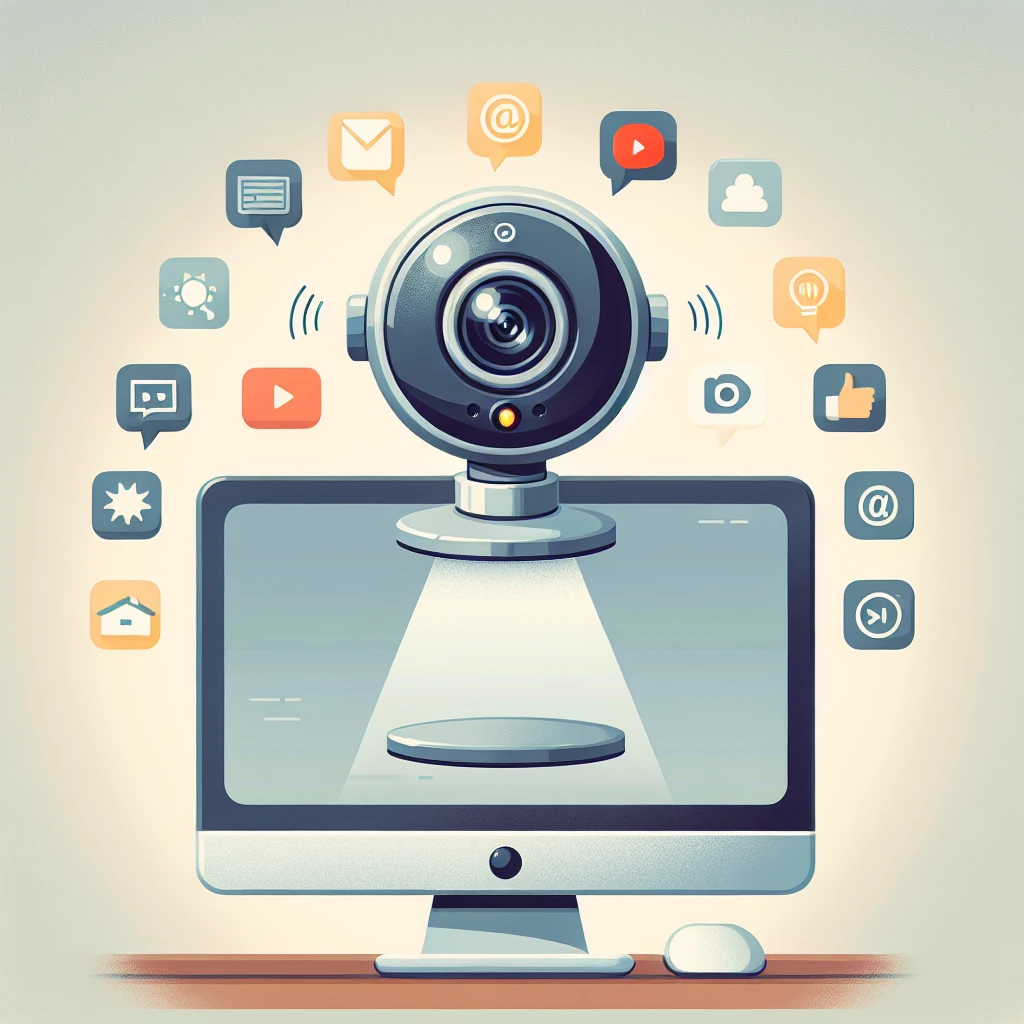The webcam microphone is an integral component for virtual meetings, online gaming, and content creation. Ensuring it works seamlessly across various applications involves a series of checks and adjustments. This guide provides a comprehensive approach to optimizing your webcam microphone for use with different apps.
1. Check Webcam Microphone Connections
First, ensure your webcam is properly connected to your computer. Verify the connection:
- USB webcams: Check the USB port.
- Built-in webcams: Ensure your laptop lid is open.
Use the table below to troubleshoot connection issues:
| Issue | Possible Solution |
|---|---|
| Loose connection | Secure the USB cable properly |
| Port problem | Try a different USB port or restart your computer |
| Webcam not detected | Reinstall webcam drivers |
2. Set Webcam Microphone as Default Device
Configuring your webcam microphone as the default communication device is crucial. Follow these steps:
For Windows
- Right-click the sound icon in the taskbar.
- Select Sounds > Recording.
- Right-click on your webcam microphone, choose Set as Default Device.
For Mac
- Go to System Preferences > Sound.
- Select the Input tab.
- Choose your webcam microphone from the list.
3. Update Drivers and Software
Outdated drivers may cause compatibility issues. Ensure your webcam drivers are up-to-date:
Updating Webcam Drivers on Windows
- Open Device Manager.
- Expand the section for Imaging Devices.
- Right-click your webcam and select Update Driver.
Updating Webcam Drivers on Mac
- Click the Apple menu and choose System Preferences.
- Go to the Software Update panel and follow the prompts.
4. Configure App-Specific Settings
Each application may have different settings for audio input. Verify and configure microphone settings within each app:
Zoom
- Open Zoom and go to Settings.
- Navigate to Audio.
- Select your webcam microphone under Microphone.
Skype
- In Skype, click Settings > Audio & Video.
- Select your webcam microphone under Microphone.
Microsoft Teams
- Open Teams and click your profile picture.
- Navigate to Settings > Devices.
- Choose your webcam microphone under Microphone.
5. Perform Sound Tests
Testing your microphone ensures it’s functioning correctly:
Windows
- Right-click the sound icon in the taskbar.
- Select Open Sound Settings.
- Under Test your microphone, observe the input level bar.
Mac
- Go to System Preferences > Sound.
- In the Input tab, speak into your microphone and monitor the input level.
6. Troubleshoot Common Issues
If problems persist, consider these troubleshooting steps:
- Microphone volume too low: Increase the input volume in sound settings.
- Background noise: Enable noise suppression features in your application.
- Microphone not working after updates: Roll back recent updates or reinstall drivers.
7. Enhance Audio Quality
For better audio performance, consider these tips:
- Use external microphones for superior sound quality.
- Utilize pop filters to reduce plosive sounds.
- Adjust room acoustics to minimize echo.
Conclusion
Ensuring your webcam microphone works with all apps requires a mix of proper connections, correct settings, and regular maintenance. By following these steps, you can enjoy seamless audio communication across all platforms.

